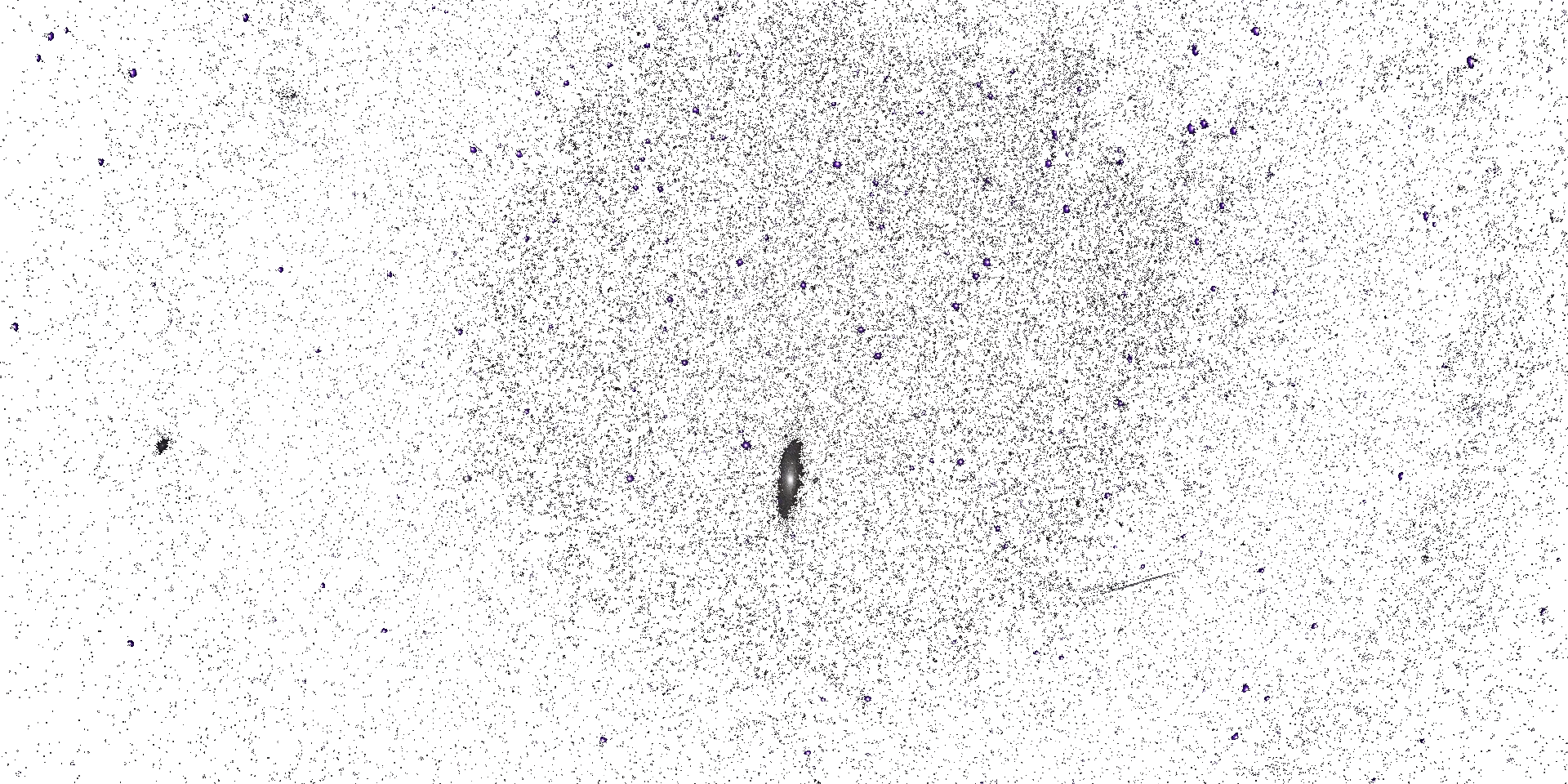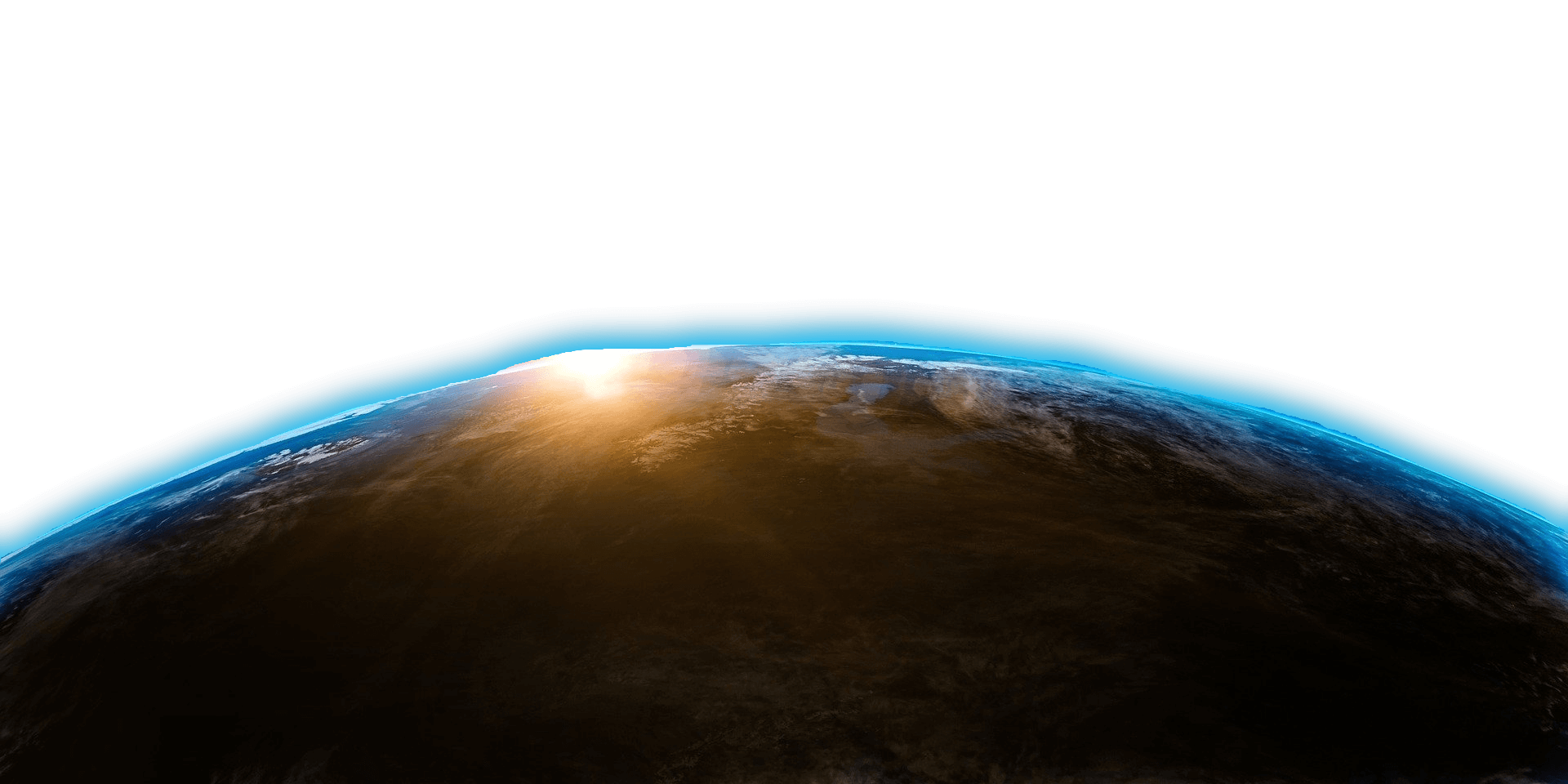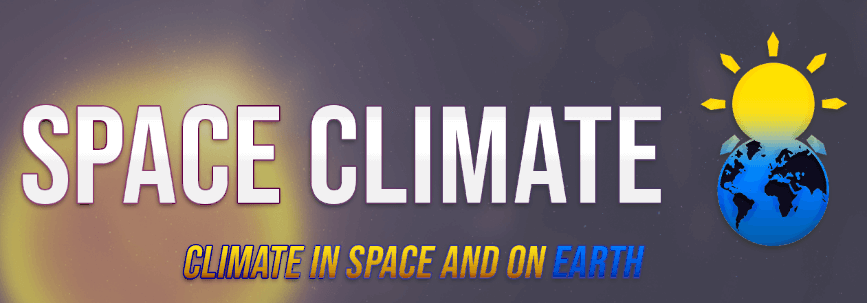




Space Climate 8 Meeting Abstract
Properties of Coronal Holes Causing Intense Geomagnetic Storms in Solar Cycles 23 and 24
Nat Gopalswamy (NASA Goddard Space Flight Center)
Pertti Mäkelä, Seiji Yashiro, Sachiko Akiyama, and Hong Xie
The Catholic University of America
Solar Cycle (SC) 23 turned out to be an extremely weak in terms of the number of geomagnetic storms and their intensity. This is true for both CME- and CIR-related storms. The number of intense storms (Dst ≤-100 nT) caused by CIRs decreased from 12 in SC 23 to just 3 in SC 24, amounting to a 75% drop, similar to the drop in the number of CME storms. In SC 24, one storm is in the maximum phase between the two SSN peaks and the remaining two are in the declining phase. Three of the 12 storms in SC 23, are in the rise phase and the remaining ones are from the declining phase. We examined the properties of the coronal holes such as coronal hole area in EUV images and average field strength at the photospheric level. The coronal hole area is taken as the area in which the EUV intensity is less than a threshold value set as half the disk intensity in 284 Å image (SOHO/EIT in SC 23) and one third of disk intensity at 211 Å (SDO/AIA in SC 24). One of the storms (1998 August 7) occurred during SOHO data gap, so we do not have area and magnetic field measurements. We find that the average area in the two cycles is roughly the same. However, the average magnetic field strength in SC 24 is 8.2 G compared to 13.7 G in SC 23. The decrease of 40% is almost the same as the drop in SSN. The average unsigned flux in SC 24 is 6.0×1021 Mx compared to 1.76×1022 Mx in SC 23, which amounts to a much larger drop by 66%. The similarity to the SSN confirms that coronal holes form from remnant active regions. We also discuss the time structure of the main phase of the storms in comparison with that in CME storms.
Mode of presentation: oral (Need to be confirmed by the SOC)
